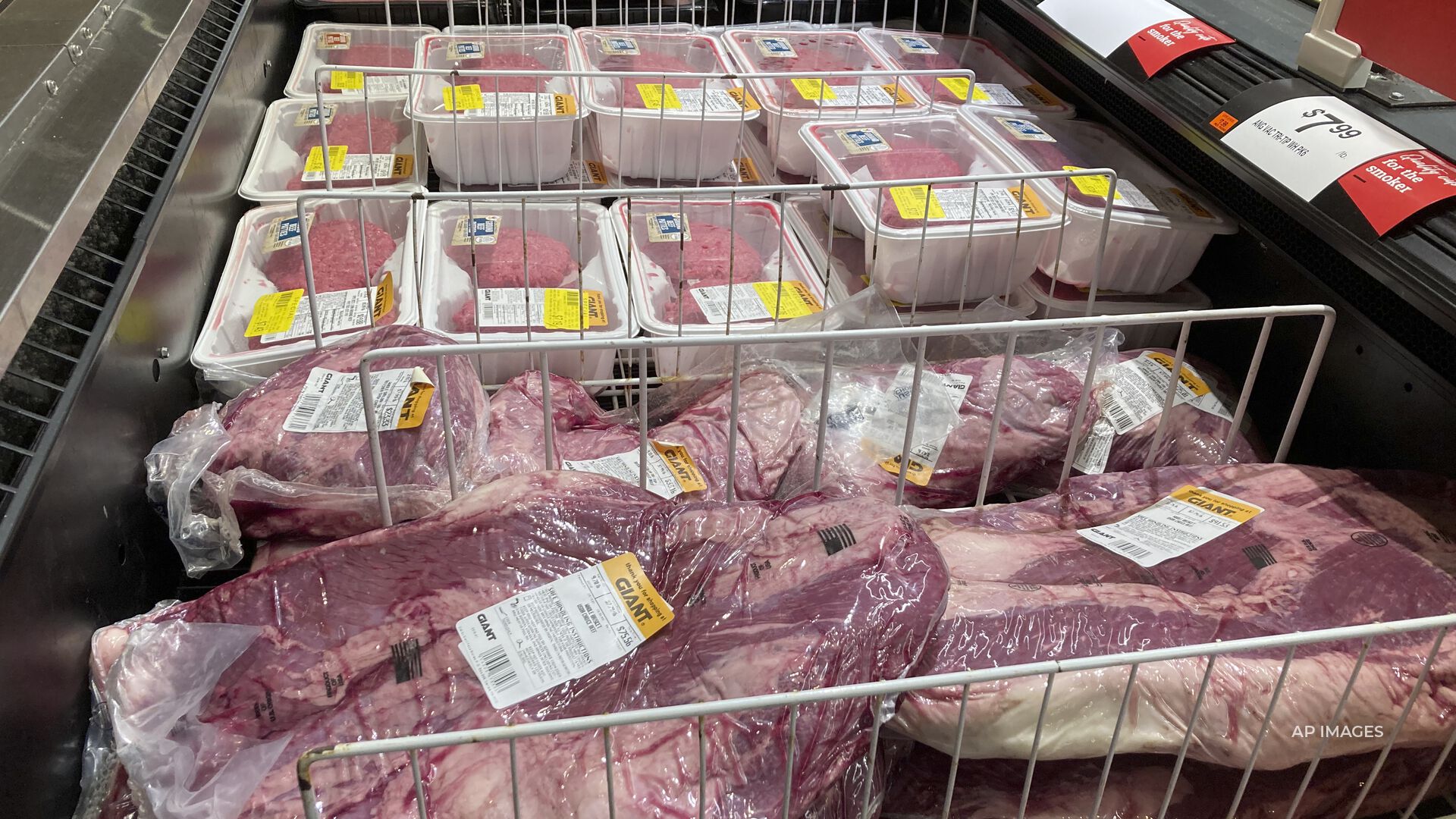According to two Labor Department reports released Thursday, on producer prices and weekly unemployment respectively, the United States is still struggling to deal with the economic effects of COVID-19. According to the department’s latest Producer Price Index, prices at a wholesale level increased 9.7% in 2021. The department noted that is “the largest calendar-year increase since data were first calculated in 2010.”
While the yearly increase in producer prices was a record, the month-to-month increase from last November to last December was only 0.2%. That’s a far cry from the 1% rise from October to November. Core inflation at the wholesale level, which excludes volatile food and energy costs, rose 0.5% on a monthly basis in December, down from a 0.9% gain in November.
Core prices rose 8.3% during the 12 months ending in December.
“Persistent supply disruptions will pin producer prices near record levels in the near term, especially given a rapidly spreading omicron variant that will fan inflation pressures,” Kathy Bosjancic, chief U.S. economist at Oxford Economics, said.
Thursday’s report comes a day after the Labor Department reported consumer prices increased 7% between December 2020 and December 2021. That’s the highest year-over-year inflation rate since 1982.
Like producer prices, weekly unemployment claims were also up last week, increasing by 23,000 to 230,000. This is the second straight week of increasing unemployment claims and the fourth in the last five. The four-week moving average, which smooths out outliers in the week-to-week counts, also went up by 6,300 to almost 211,000. The four-week average has also climbed three of the past four weeks, after falling steadily for months.
“The rise in claims likely reflects an increase in layoffs due to the surge in COVID cases,″ Bostjancic and fellow Oxford economist Nancy Vanden Houten said. “Claims may remain elevated in the near term, but we expect initial claims will gravitate back to the 200k level once the omicron wave passes.”
According to Federal Reserve Chair Jerome Powell, who is set to increase the Fed’s benchmark rate to quell inflation, rising prices and unemployment may be related.
“To get the kind of very strong labor market we want with high participation; it’s going to take a long expansion,” Powell said at his nomination hearing for a second term as Fed chair Tuesday. “We can see that participation is moving only very slowly and to get a long expansion, we’re going to need price stability.”






